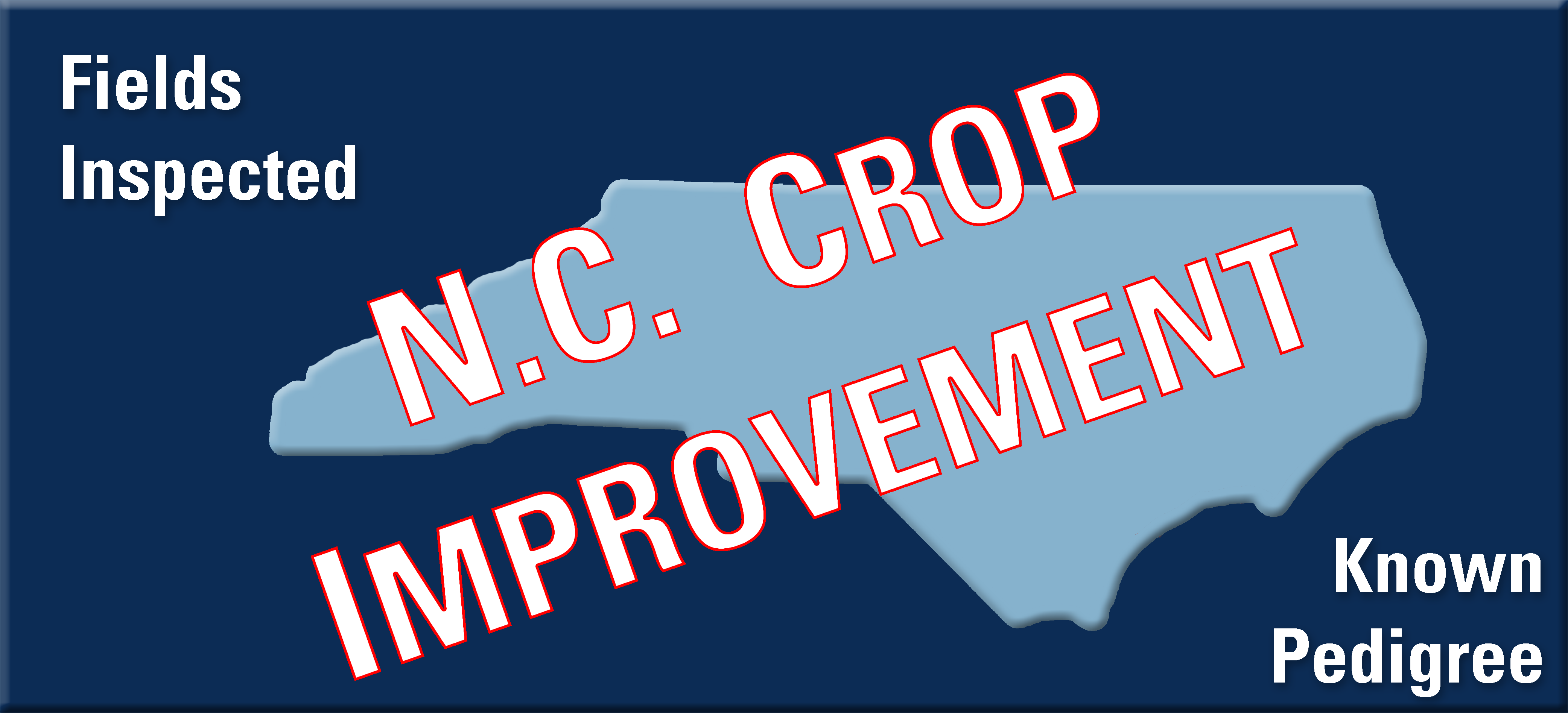VT BEAHM
Varieties
|
VT BEAHM is a six-row, medium-tall, moderately early heading winter awnless hulled barley having good forage yield potential with high to moderate resistance to leaf rust, net blotch, and Fusarium head blight and low Deoxynivalenol (DON) accumulation. The juvenile growth of VT Beahm is erect, flag leaves are upright and waxy at the booting stage, leaf sheaths and stems are glabrous, and anthocyanin is absent in leaves or stems. The stems have four nodes, closed collars, “straight” peduncles and an exertion of 10 to 15 cm above the base of the flag leaf blade. The six-rowed spikes of VT Beahm are erect, dense, strap, and slightly waxy with no overlapping lateral kernels. The rachis is covered with short hairs. Glume is half of the lemma, with short hairs, and their awns are rough and more than or equal to length of glumes. The lemma awn surfaces are rough and awnless, but in some environments, awnletted on central rows, awnless on lateral rows. The basal marking of the lemma is a slight crease. The rachilla hairs are long. Kernel are covered, short to mid-long with a colorless aleurone with hair absent on the ventral furrow. VT Beahm has winter growth habit; it requires vernalization and has sufficient low temperature tolerance for production in the areas tested. Average plant height of VT Beahm (99 cm) in Virginia is significantly taller than those of cultivars (Nomini, Secretariat, Thoroughbred, and Flavia).
|
|


